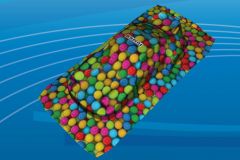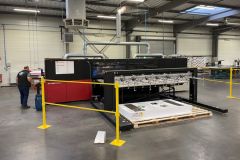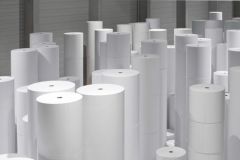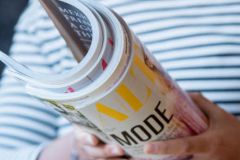The health crisis has given 3D printing a big boost. All over the world, 3D printers are being used to manufacture emergency masks or protective visors for caregivers.
The Briqueteur printing works, founded in 1885 and located in Haubourdin in the North (59), used its new 3D printers from the very beginning of the containment to manufacture protective visors that it offered to the caretakers of the region.
In Barbezieux-Saint-Hilaire in the South-West (16), it is the Digital and Mobility Pole of the Barbezilien socio-cultural centre that designed plastic visors thanks to a 3D printer lent by the Espace Numérique Sud Charente.
The French 3D printing company Dagoma, based in Roubaix, has requisitioned its fleet of 300 3D printers to produce protective visors.

Mobilization of makers
Since March 18, 2020, about 250?000 visors have been produced by 3D printing or laser cutting in France, reveals the collective arena "?Makers and fablabs vs. coronavirus?" published by the French Fablabs Network.
This impressive production was made possible by the mobilization of more than 5000 volunteer makers and 100 fablabs. The tribune calls for the State and public authorities to take into account this unprecedented mobilisation.
"?En waiting for the highest reaction, the university hospitals validate band-aid solutions, empirically and without a clear legal framework, when there's nothing else available and the immediate response on the ground is literally vitale?" explains the text.
Pending this recognition, the PA-HP has launched the covid3D platform to approve patent-free models resulting from open research for release with secure manufacturing and distribution specifications.

Technology adapted to emergency measures
Arthur Wheaton, a professor of social and manufacturing issues at Cornell University in New York, told AFP why the flexibility of 3D printing makes it a technology particularly suited to emergency situations.
"?Vous just need a different computer file. If you want the printer to switch from printing masks to swabbing, you put in another file. This is not possible in a traditional factory, where you will have to redesign it and install adapted equipment.?»
In France, the AP-HP does everything possible to scientifically validate the various models of equipment designed in the field. Once validated, these models can be reproduced in large series by industrialists, companies, fablabs, and independent manufacturers.









